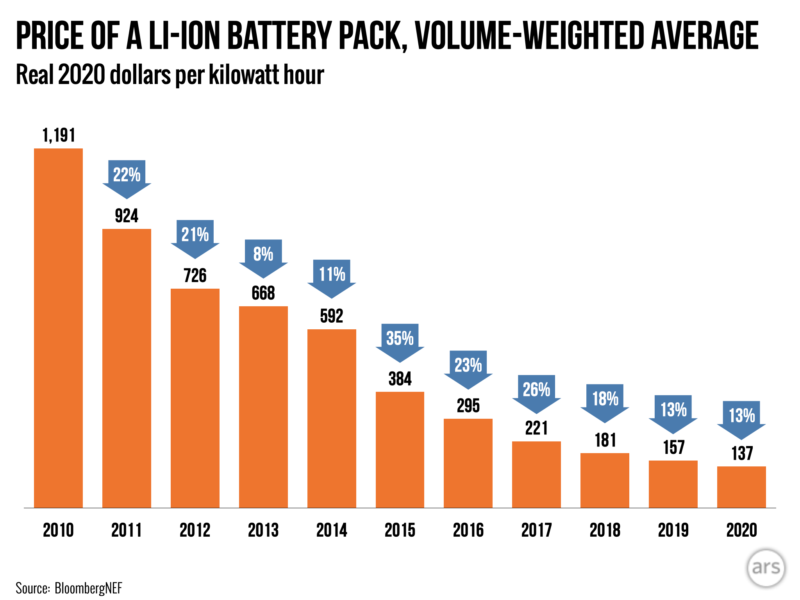The First Steps
625 words | 2.1 minute read


A billion dollars doesn’t go as far in drug commercialization as it once did. Or does it? Arguments tilt each way, but it is well-defined that in seasons when microprocessors and DRAM costs plummeted 50% or more, the expense of delivering a drug to market increased despite herculean technological advances in drug development tools.
Presented in antithesis to Moore’s law in a 2012 Nature Reviews Drug Discovery article titled “Diagnosing the decline in pharmaceutical R&D efficiency”. Eroom’s Law (Moore spelled backwards) was birthed. Source Authors Scannell, Blanckley, Boldon and Warrington offered that the number of new drugs approved per billion U.S. dollars spent on R&D approximately halved every 9 years between 1950 and 2012. This fall was around 80-fold in inflation-adjusted terms. In a three-step Malkes Musing we will travel Eroom’s Law, the reverberation and the view from Technopreneur lens.

Technology Equivalent: It is well supposed that technical and scientific advances lower costs over time. juxtaposed from technologies such as cloud computing where Amazon Web Services (AWS) magnanimously dispenses quarterly cost drops, including more than 50 price cuts in the last decade, the cost to bring a drug to market just seems to determinately grow. Concurrent to microprocessors, DRAM and cloud computing decreasing in costs, even the once outwardly intractable cost for Li-Ion batteries has fallen. As visualized to the below, critical mass in the cost reduction of batteries persists in reiterating on past achievement to ever sinking cost.
While Moore’s law became the cornerstone of the internet and mobile revolution, over a like time, the technology curve has arguably and obstinately denied a similar favorable harvest in cost efficient, higher efficacy drug delivery. The lack of evolvement ensues despite DNA sequencing becoming a billion times faster over a similar period to the tech revolution and a three order of magnitude reduction in person-hours to calculate three-dimensional protein structures.
Eroom’s Law: Scannell, Blanckley, Boldon and Warrington diagnosed the problem of the rising cost to bring drugs to market as having four factors. Their thesis breaks down as follows:
- The Better than the Beatles Problem: Picture that any new song had to be better than the Beatles and that every Beatles song was free, and that people never got bored with them. This the authors sticky analog for generic drug challenges to incumbents.
The suggestion is that improved “catalogues” of drugs amplify hurdles for adoption, approval and reimbursement of new drugs. - The Cautious Regulator Problem: The theory is that FDA risk tolerance has decreased due to past industry sins, conversely raising regulatory costs.
- The Throw Money at it Tendency: The presented conjecture is that influences i and ii above lead drug companies to add headcount to R&D to hurry invention and commercialization.
Just as 50 players require 40 minutes to play Beethoven’s 9th, 100 players will take the same 40 minutes and require greater synchronization. The suggestion is that adding headcount above a certain threshold does not quicken R&D, but this is missed by pharma. - The Basic-Research-Brute Force Bias: The authors explain this influence as the tendency to overestimate the ability of advances in basic research and in turn “brute force” screening methods attempting to enhance the probability that a molecule will be safe and effective in clinical trials.
Throughout history we have employed trial and error learning in calibrating therapeutic models. The authors suggest that our focus has moved to seeking solutions that make theoretical sense instead of actually learning. Trying to force rather than explore a hypothesis. There is certainly elements of truth in each influence pontificated by Eroom’s Law. However, at the risk of being Hank Morgan, the Yankee engineer aka “A Connecticut Yankee in King Arthur’s Court”, I suggest that the operating environment’s constraints on the Technopreneur may well factor into the equation. More to be unpacked in the next post.




